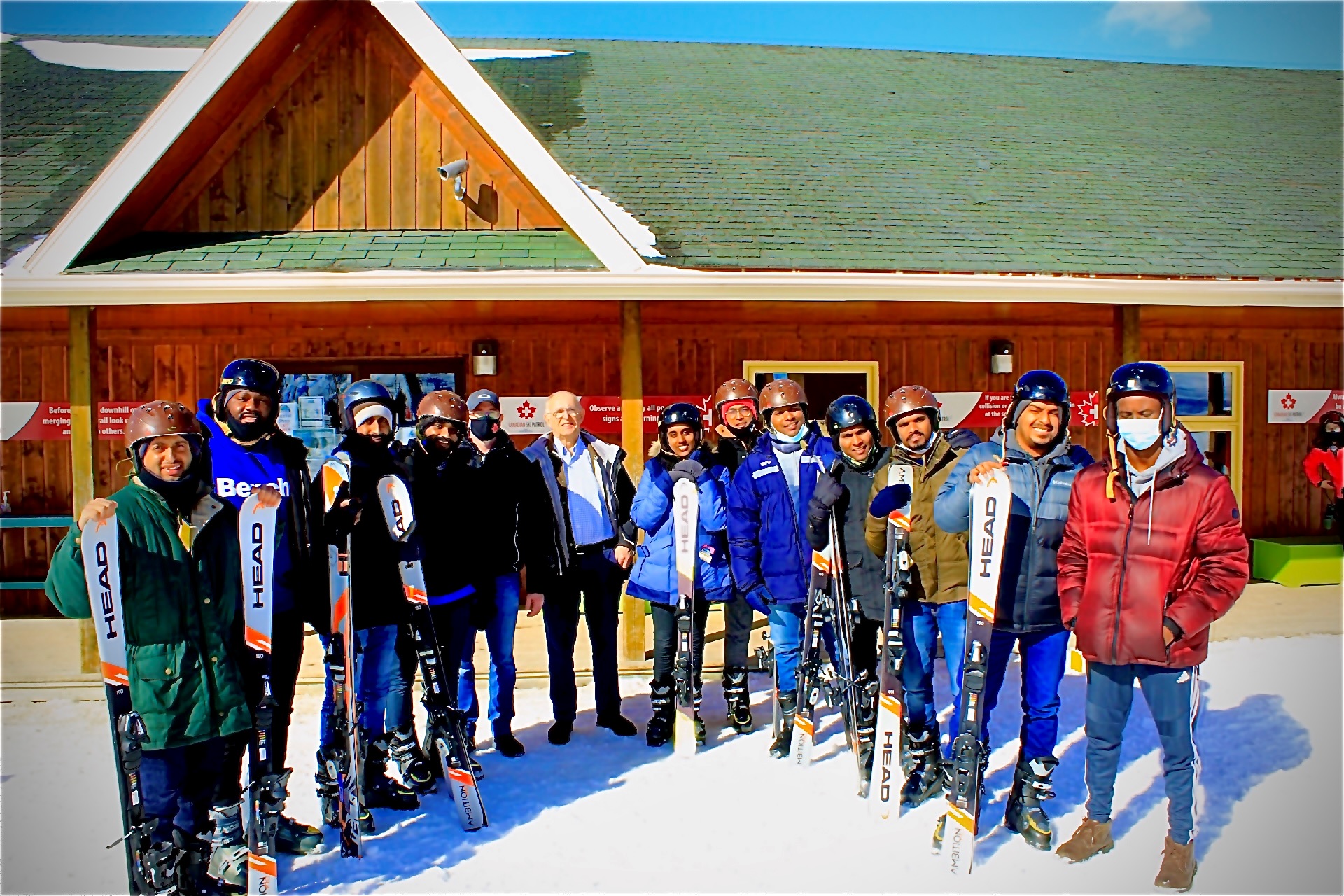April 1, 2022 · Posted by Erika Shea
A Regional Nominee Program for Cape Breton
Although an island blessed with extensive natural resources, a moderate climate, and a majestic landscape, Cape Breton has experienced a prolonged economic decline characterized by massive out-migration of young, well-educated adults.
A Brief Demographic and Economic History of Cape Breton
The Role of Provincial Nominee Programs in Canada
The Relationship Between Population Growth and Economic Growth
Labour Force Survey Estimates – Labour Market Results for Immigrants in Canada
Sub-Provincial Immigration Programs in Canada: The Future of Immigration in Canada
Public Opinion on Immigration in Cape Breton (2017)
The Specifics of a Cape Breton Island Immigrant Nominee Program
Provincial Nominee Precendents in Other Jurisdictions
Final Notes
Appendix A: Island Readiness Overview





